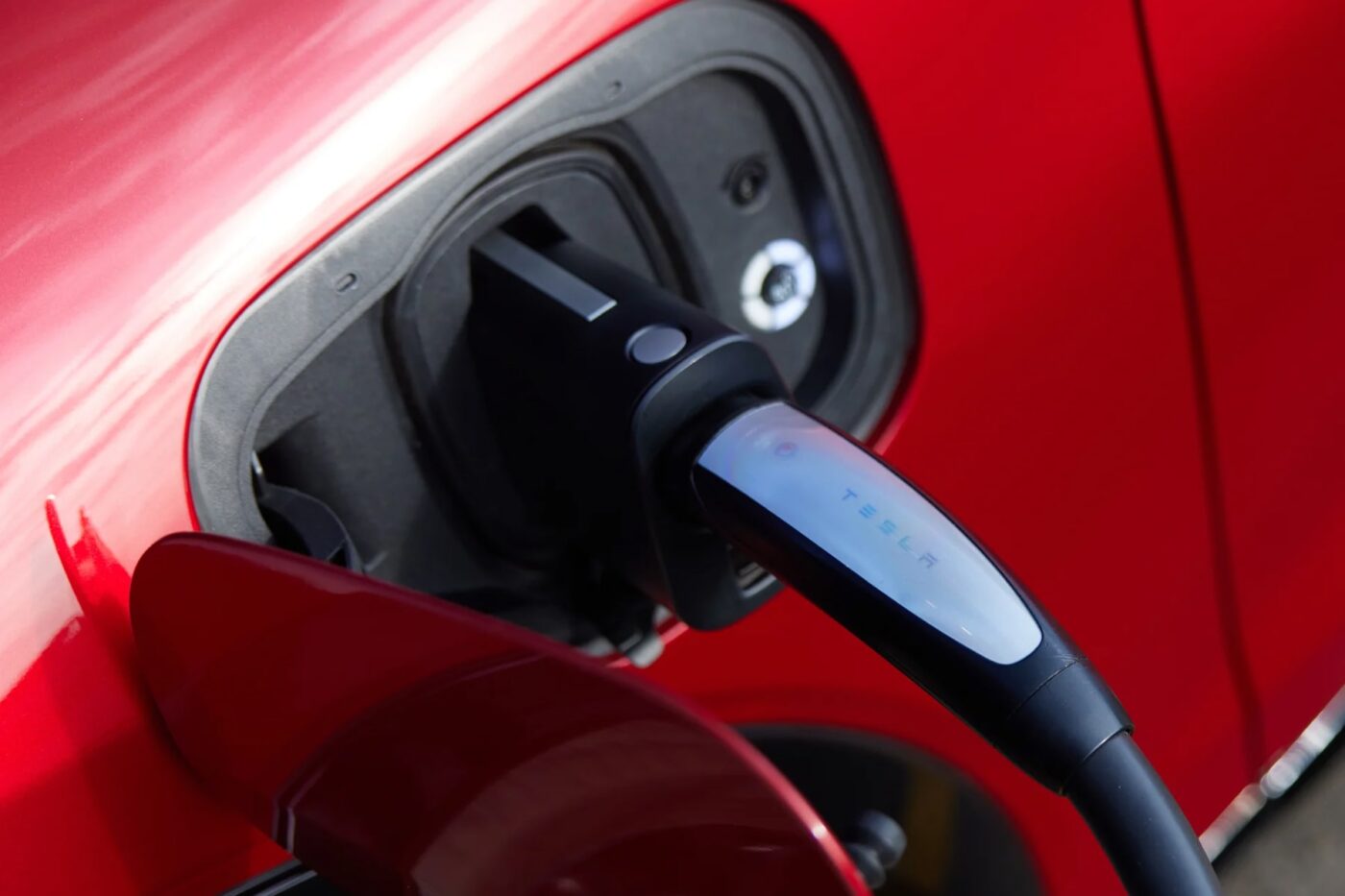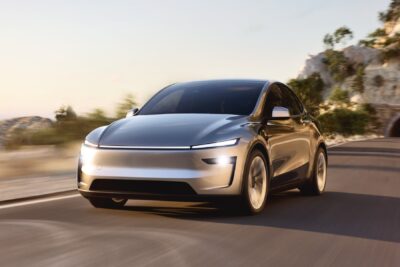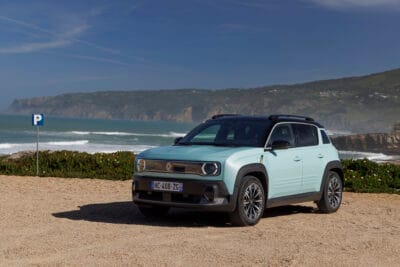US carmakers must reduce CO2 fleet emissions by 49% by 2032
Major US car manufacturers are slowing down the pace of electrification – and that has an impact on legislation in Washington. In the final version of the requirements, the EPA scales back the emissions targets at the beginning of the six years compared to earlier drafts. However, the target for 2032 remains almost the same. In other words, it initially grants manufacturers more flexibility in the drive mix, but in the end, it still requires nearly the entire reduction in CO2 fleet emissions previously promised.
The original EPA proposal for 2027 to 2032 envisaged that by 2030, EVs would account for 60 per cent of new vehicle production and, by 2032, 67 per cent to meet the stricter emissions requirements. Specifically, a draft published by the EPA in April 2023 stated that car manufacturers’ emissions from new cars would have to fall by 56 per cent overall by 2032 (compared to 2026), which would only have been possible with the above-mentioned electric car shares.
Although the EPA does not set annual sales quotas, it can limit the pollution caused by the total number of cars sold by a manufacturer under the Clean Air Act. The agency can set this limit so that it can only be achieved with a certain percentage of zero-emission vehicles.
Target drops to 85 grams of CO2 per mile in 2032
In the version now coming into force, emissions will no longer be reduced by 56 per cent by 2032 but by 49 per cent compared to 2026. Specifically, the requirements stipulate that manufacturers must remain below a total light-duty fleet average of 170 grams of CO2 per mile in 2027 (previously: 152 g/mile in the draft). The requirements will gradually become stricter until 2032, resulting in a target of 85 grams per mile in 2032 (instead of 82 g/mile). In addition to CO2 savings, the regulation requires manufacturers to significantly reduce nitrogen oxide and particulate matter emissions.
The EPA emphasises that the new requirements do not prescribe a specific type of drive system but that manufacturers can decide how to achieve the relevant CO2 fleet limits – at least in theory. The agency assumes that the regulations will lead to 30 to 56 per cent of new car sales being electric between 2030 and 2032. As a reminder, the previous target was 60 per cent for 2030 and 67 per cent for 2032.
The EPA has also set CO2 limits for vehicles in US classes 2b and 3, which include pickups and vans with a gross vehicle weight of 3.8 to 6.3 tonnes. The new “medium-duty vehicle standards” start at 488 grams of CO2 per mile in 2027 and gradually drops to 274 CO2 per mile in 2032.
“Let me be clear, our final rule delivers the same, if not more pollution reduction,” EPA administrator Michael Regan told reporters. “We designed the standards to be technology neutral and performance-based to give manufacturers the flexibility to choose which combination of pollution control technologies are best suited for their consumers.”
The adjustments reflect the current development in the US, which is characterised by a slowdown in electric car euphoria. Ford reported high losses for its EV division and has put projects along its EV roadmap on ice. Given the low demand, General Motors also postponed production starts for EVs. Reuters reported that car manufacturers and the United Auto Workers union urged the Biden administration to slow down the planned increase in electric vehicle sales. “They say EV technology is still too costly for many mainstream U.S. consumers and that more time is needed to develop the charging infrastructure,” the article said.
The Alliance for Automotive Innovation (AAI), a trade group that organises GM, Ford, Stellantis, Toyota and Volkswagen, to name a few, had called the original EPA proposal “neither reasonable nor achievable” in 2023. Last year, electric vehicles accounted for around 8 per cent of sales in the US.
“But pace matters,” John Bozzella, president and CEO of the Alliance for Automotive Innovation, said following the publication of the new EPA regulations. “Moderating the pace of EV adoption in 2027, 2028, 2029, and 2030 was the right call because it prioritises more reasonable electrification targets in the next few (very critical) years of the EV transition.” The adjusted EV targets (which are still a “still a stretch goal”) would “give the market and supply chains a chance to catch up.” It would thus allow for more public infrastructure to be installed and for “the industrial incentives and policies of the Inflation Reduction Act to do their thing.”
Reactions from the largest OEMs
Ford, GM and Stellantis also each issued their own statements. “We appreciate EPA’s efforts and collaboration in strengthening greenhouse gas emissions standards in ways that reflect the realities of the EV transition,” Ford said. The carmaker adds that the agency’s final rule is ambitious and challenging, and meeting the requirements will require close public-private collaboration. “Ford will continue to lower emissions while offering our customers choices across hybrid, plug-in hybrid and fully electric vehicles that are highly functional and fun to drive – including America’s best-selling hybrid and fully electric trucks.”
General Motors affirms its support of the EPA final rule’s goals and intent to significantly reduce emissions. “Although challenging, we believe our commitments and investments in an all-electric future place GM in an excellent position to contribute to the goals of the final rule. While we review the details, we encourage continued coordination across the US federal government and with the California Air Resources Board to ensure the auto industry can successfully transition to electrification.”
The Stellantis Group emphasises that electrification is critical to its “Dare Forward” vision. That “includes a genuine commitment to provide our customers with no-compromise driving experiences that also benefit the environment. While the later-year targets remain aggressive, the final rule improves on the proposal by better reflecting the expected trajectory of market demand and enabling infrastructure. It is critical that forthcoming rules align with this proposal so that US manufacturers can effectively comply with a single set of rules.”
insideevs.com, reuters.com, epa.gov, epa.gov (PDF), epa.gov (reactions)





0 Comments